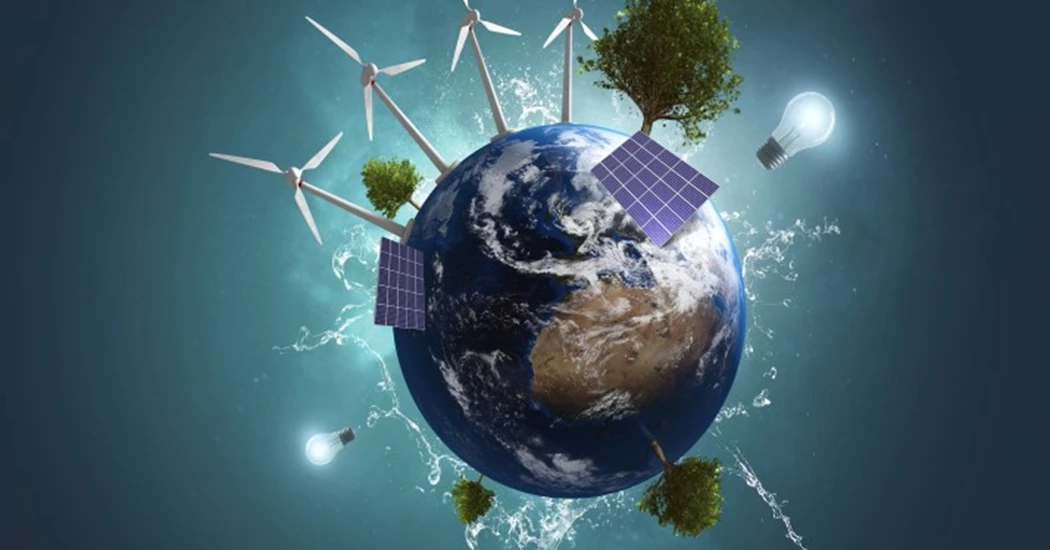Governments have increased clean energy spending amid rising commodity prices
Clean energy spending earmarked by governments in response to the COVID-19 crisis has risen by 50 percent over the past five months and now stands at over US$710 billion worldwide, according to the latest update of the IEA’s Sustainable Recovery Tracker.
Advanced economies account the bulk of this effort, with over US$370 billion intended to be spent prior to the end of 2023, a level of short-term government spending that would help keep the door open for the IEA’s global pathway to net zero emissions by 2050.
In emerging and developing economies, around US$52 billion of sustainable recovery spending is planned by the end of 2023, well short of what is needed in a pathway towards net zero emissions by 2050. The gap is unlikely to narrow in the near term, the agency said, as governments already have limited fiscal means, while also facing the ongoing challenge of maintaining food and fuel affordability for their citizens amid the increase in commodity prices following Russia’s invasion of Ukraine.
“Countries where clean energy is at the heart of recovery plans are keeping alive the possibility of reaching net zero emissions by 2050, but challenging financial and economic conditions have undermined public resources in much of the rest of the world,” said Fatih Birol, the IEA Executive Director. “International cooperation will be essential to change these clean energy investment trends, especially in emerging and developing economies where the need is greatest.”
“Governments who can remove red tape and quickly set up effective programmes will be the ones to reap the benefits and position themselves in the new global energy economy that is emerging,” said Dr Birol. “While the latest update of the Sustainable Recovery Tracker does point to promising signs in advanced economies, the world still needs to massively expand its clean energy deployment efforts throughout this decade, first and foremost in developing economies, if we are going to preserve the hope of limiting the global temperature rise to 1.5 °C.”
The IEA’s tracking shows that emergency affordability support by governments worldwide for households and businesses has reached about US$270 billion since the start of the winter heating season, last year, in the Northern Hemisphere. The agency added that many of the measures most effective in reducing oil and gas demand – such as installing heat pumps and expanding the use of public transport, bike lanes and high-speed rail – have not yet received the needed level of government support to date.





